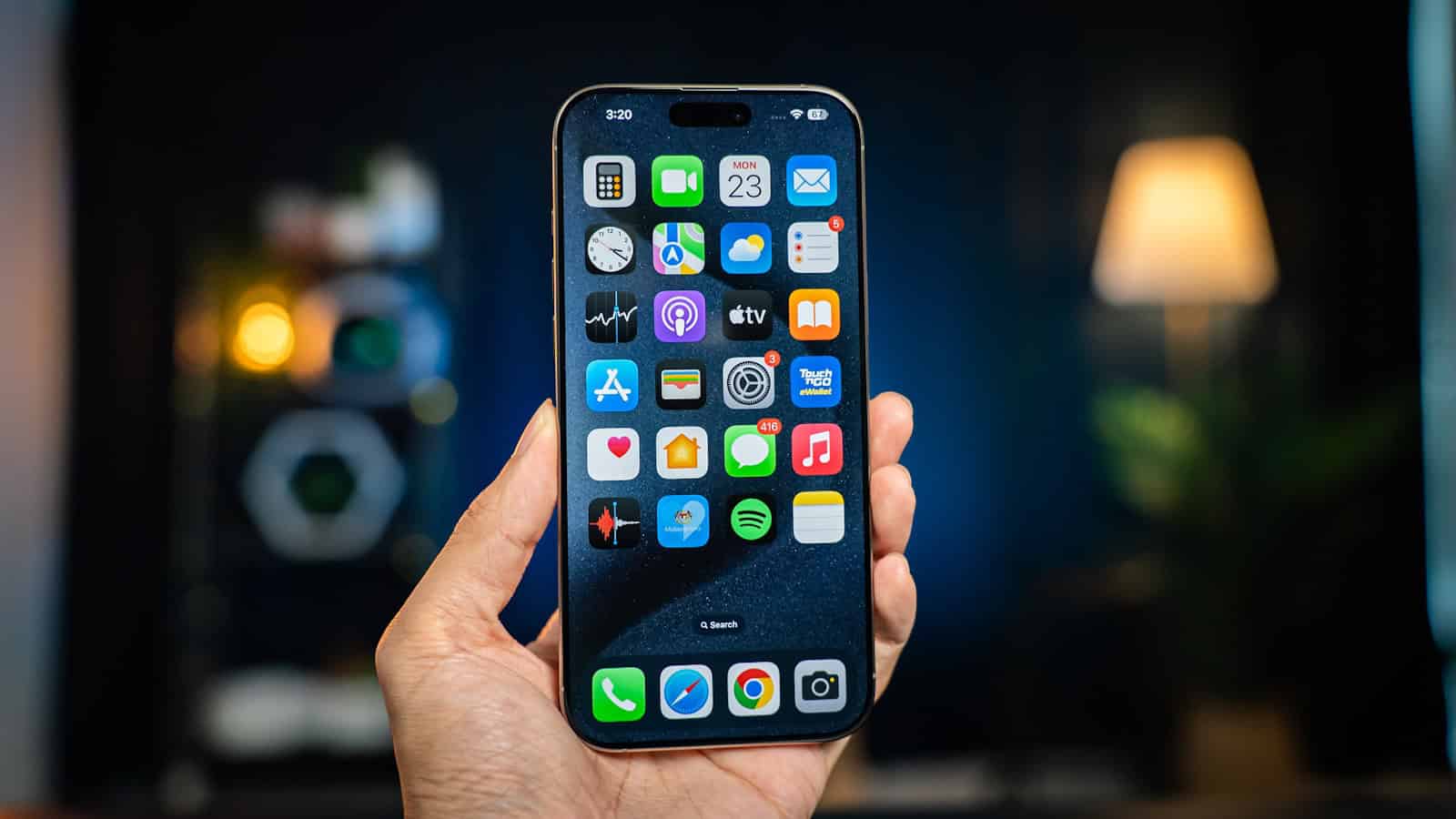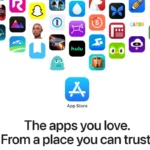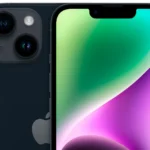Apple has abandoned its plans to create an iPhone hardware subscription service. The company halted work on the project, which aimed to offer customers a new iPhone each year through a subscription model. This decision marks a significant shift in Apple’s approach to iPhone sales and revenue generation.
The proposed hardware subscription service would have allowed users to “subscribe” to iPhones, potentially tying into Apple One bundles and AppleCare. Apple’s goal was to simplify the process of getting a new iPhone annually, possibly creating a steady revenue stream. However, the company has now decided not to pursue this option.
This change in direction raises questions about Apple’s future strategies for iPhone sales and customer retention. It also impacts consumers who may have been looking forward to an easier way to upgrade their devices regularly. The reasons behind Apple’s decision remain unclear, but it could be related to challenges in implementing such a service or shifts in market demands.
Understanding iPhone Purchase Options
What Was the iPhone Subscription Idea?
For a while, there were reports that Apple was thinking about a new way to get an iPhone: a subscription. This would mean paying a monthly fee to use an iPhone, similar to how you pay for streaming services. This idea got a lot of people talking. It seemed like it could make iPhones more affordable for some people.
Why Did Apple Stop This Plan?
While Apple never officially said they would do this, reports now say they have stopped working on this plan. We don’t know the exact reason. Some people think it might be because people are already paying for many subscriptions. Adding another one might not be popular. It also might have been hard for Apple to set up this kind of service.
How Can You Get an iPhone Now?
Even without a subscription, there are still a few ways to buy an iPhone:
- Buy it outright: This means paying the full price for the phone when you get it.
- Finance it: This means paying for the phone over time, usually with monthly payments. You can often do this through Apple or your phone carrier.
- Get it through your carrier: Sometimes, phone carriers offer deals where you get a discount on the phone if you sign a contract with them.
Comparing iPhone Purchase Options
Each way to get an iPhone has its own good and bad points:
| Option | Pros | Cons |
|---|---|---|
| Buy outright | You own the phone fully. No monthly payments (after the initial purchase). | Highest upfront cost. |
| Finance | Spreads the cost over time. Can be easier on your budget. | You pay more overall due to interest. You might need good credit. |
| Carrier deal | Lower upfront cost or discounts. | Often requires a contract. You might have less choice of phone plans. |
Questions You Might Have
- Will Apple ever offer a subscription? It is hard to say for sure, but for now, it does not seem likely.
- Is financing a good idea? It depends on your budget and how much you can afford to pay each month.
- Where can I find the best deals on iPhones? Check with Apple, your phone carrier, and other electronics stores.
What About Other Apple Products?
While an iPhone subscription is off the table, Apple does offer subscriptions for other things. Apple One bundles several services like Apple Music, Apple TV+, and iCloud storage into one monthly payment. This can be a good deal if you use many Apple services. This is different from a hardware subscription, but it shows that Apple is interested in the subscription model for some things.
Thinking about phone plans is also important when getting a new iPhone. Many carriers offer different plans with different amounts of data, talk time, and text messages. Some plans even include things like streaming services or international calling. It’s a good idea to compare different plans to find the one that best fits your needs and budget. This is similar to comparing ways to get an iPhone, as you want to find the best value for your money.
It’s important to remember that technology changes quickly. New iPhones come out every year, and phone plans are always being updated. It’s a good idea to stay informed about the latest options so you can make the best decision for yourself when it’s time to get a new phone.
Key Takeaways
- Apple has stopped developing its iPhone hardware subscription service
- The service would have allowed yearly iPhone upgrades through a subscription model
- This decision may impact Apple’s future sales strategies and customer upgrade options
Implications of Discontinued Hardware Subscription Plans
Apple has long been rumored to be exploring a hardware subscription model for its iPhones, potentially changing how consumers acquire their devices. This concept involved paying a recurring monthly fee for iPhone usage, similar to subscribing to Apple Music or iCloud. Recent reports, however, suggest that Apple has paused or abandoned these plans. This shift leaves consumers with the traditional options of purchasing iPhones outright, financing them through Apple or carriers, or opting for carrier-subsidized deals. This article will look at these different options and how they compare.
Apple’s decision to abandon its iPhone hardware subscription service plans has far-reaching consequences. This shift affects the company’s financial outlook, consumer behavior, and strategic positioning in the smartphone market.
Financial Impact on Apple
The cancellation of the hardware subscription service could impact Apple’s revenue streams. The company loses a potential source of steady monthly income from subscribers. This may lead to more reliance on traditional one-time iPhone sales and existing upgrade programs.
Apple’s current iPhone Upgrade Program remains in place. This program allows customers to get a new iPhone every year with AppleCare+ included. However, it differs from the proposed hardware subscription in its structure and benefits.
The company might need to explore new ways to boost recurring revenue. This could involve expanding services like Apple One or introducing new subscription-based offerings.
Consumer Response and Market Dynamics
Consumers who were anticipating an easy way to upgrade iPhones annually may be disappointed. The lack of a hardware subscription option could influence buying patterns and upgrade cycles.
Some customers might stick with their current phones longer. Others may turn to third-party financing options or carrier-based plans for more frequent upgrades.
The absence of a hardware subscription could affect iPhone sales volumes. It may also impact the secondhand iPhone market, as fewer annual upgrades could mean fewer used devices available.
Regulatory and Strategic Considerations
Apple’s decision to scrap the hardware subscription plan may have been influenced by regulatory concerns. The company has faced scrutiny over its financial products like Apple Pay Later.
This move could be part of a broader strategy to simplify Apple’s product lineup. It may help avoid potential conflicts with existing financing options such as Apple Card monthly installments.
The company might focus on improving its current offerings instead of introducing new subscription models. This could lead to enhancements in the iPhone Upgrade Program or other customer-friendly initiatives.
Frequently Asked Questions
Apple’s decision to abandon plans for an iPhone hardware subscription service raises several important questions. This shift could impact consumers, Apple’s business model, product lifecycles, and revenue streams.
What are the implications for consumers if Apple halts a hardware subscription service for iPhones?
Consumers may need to re-evaluate their iPhone upgrade strategies. Without a subscription option, they might have to pay full price upfront or use existing financing plans. This could lead to longer device retention periods for some users.
How will Apple’s abandonment of an iPhone hardware subscription service affect its business model?
Apple may need to focus on other revenue sources. The company could emphasize its services more strongly or develop new product lines. This shift might also impact how Apple approaches customer retention and loyalty programs.
Without an iPhone hardware subscription service, how might Apple’s product lifecycle management change?
Apple might adjust its product release cycles. The company could introduce new features more gradually to maintain steady sales. Alternatively, Apple might focus on creating more compelling reasons for users to upgrade their devices.
What potential strategies could Apple employ to incentivize iPhone upgrades absent a subscription model?
Apple could enhance trade-in programs or offer more attractive financing options. The company might also introduce exclusive features for newer models. Improved integration with other Apple products could serve as another incentive for upgrades.
In what ways could the cessation of a hardware subscription service impact iPhone resale values?
iPhone resale values might remain more stable. Without a constant influx of newer models from a subscription service, older iPhones could retain their value longer. This could benefit consumers who prefer to sell their devices independently.
Could Apple’s decision to not pursue an iPhone hardware subscription lead to a shift in its revenue streams?
Apple might focus more on its services ecosystem. The company could expand offerings like Apple Pay, iCloud, or introduce new subscription-based services. This approach could help maintain recurring revenue without relying on hardware subscriptions.







